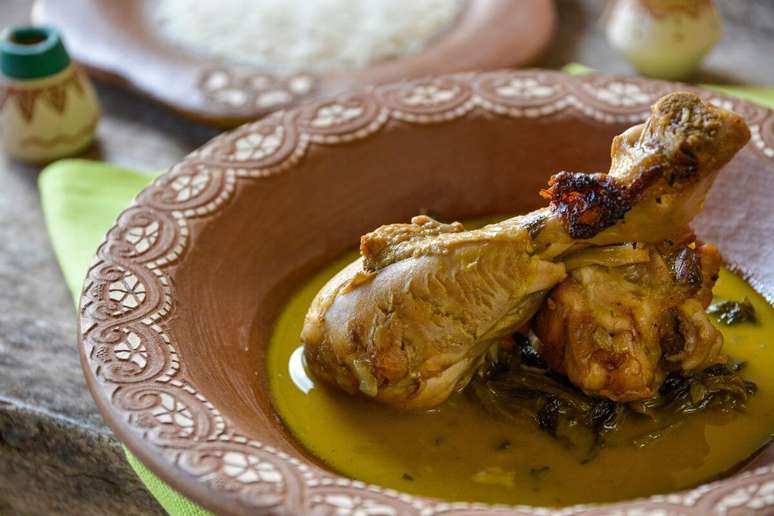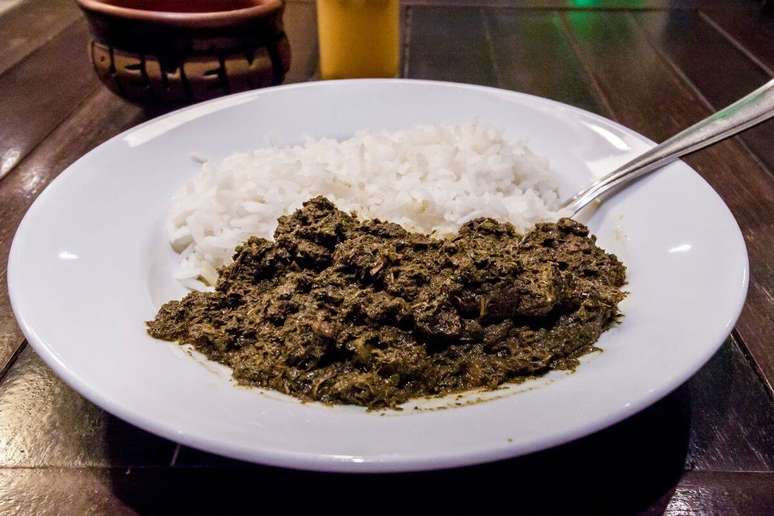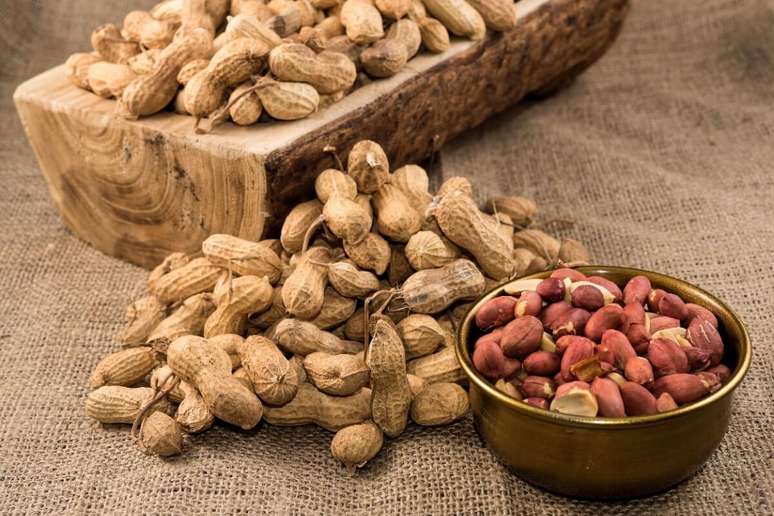Amazonian gastronomy brings together practices and techniques born from the forest, rivers and local agriculture
The traditional Círio de Nazaré and the long-awaited COP30 (30th United Nations Conference on Climate Change), which will be held in Belém in November 2025, put the Amazon in the spotlight on the national and international stage. The organization of these events should boost the economy, tourism and, above all, local gastronomy, rich in history, flavors and ancestral knowledge, expressed in traditional dishes that are true icons of Pará cuisine.
“Amazonian gastronomy is unique, authentic and rich in biodiversity. It brings together practices and techniques born from the forest, rivers and local agriculture, combining indigenous, cabocla, African and European traditions. In our cuisine nothing is wasted: roots, leaves, peels and seeds are used, giving life to a sustainable cuisine deeply linked to nature”, explains chef Alinne Barros, head of the kitchen at Practice Belém and a reference in the use of regional products.
Flavors, tradition and affection at the table
According to data from the Brazilian Agricultural Research Corporation (Embrapa), the Amazon contains more than 220 native food species used in traditional and contemporary cuisine, and cassava forms the basis for most of them. From wild cassava, for example, flour, tucupi, beiju, rubber and maniva are extracted, fundamental ingredients for the most emblematic dishes of the region.
During the Círio de Nazaré, which is always held on the second Sunday of October, it is normal for entire families to come together to prepare and share these recipes, keeping alive a tradition that spans generations. “The maniçoba is an affectionate symbol for the inhabitants of Pará. I remember that my mother prepared the dish every year before Círio. She said that it wasn’t ready yet, so we didn’t let it finish before the party. After she left, I took over the preparation and, with it, the best memory I have of that period”, recalls the chef.
Pará’s gastronomy in focus
With COP30, Belém is expected to gain even more international visibility, attracting chefs, journalists and tourists curious about local flavours. The expectation is that the event will consolidate Pará as a gastronomic destination in Brazil, highlighting ingredients such as tucupi, jambu, cumaru and puxuri, considered true treasures of the forest.
“We have so many ingredients that it is difficult to choose which one to delve into. Cumaru, known as ‘Amazonian vanilla’, and puxuri, with its intense aroma and spicy notes, have enormous potential to conquer the world. They reflect the most sophisticated and natural aspects of our cuisine”, underlines Alinne Barros.
Recipes of typical Amazonian dishes
Below, chef Alinne Barros shares step-by-step instructions for three traditional dishes that celebrate this ancestral cuisine. Check!
Maniçoba
Ingredients
- 2kg chopped cassava (ground cassava leaves)
- 500 g of dried meat
- 500 g of salted pork ribs
- 500 g of rib smoked pork
- 500 g of tripe
- 300 g of bacon
- 300 g of pork loin
- 3 pairs of slices
- 3 chorizo cut into slices
- Bay leaves, chili pepper, ground black pepper, green chili pepper and salt to taste
- 1 head of garlic
- Water for cooking
Preparation method
In a non-stick pan, brown half the garlic, pepper, bay leaf and bacon over a low heat. Add the cassava, cover with water and cook for about 5 days, always keeping it covered in water. Prolonged cooking is essential to eliminate the hydrogen cyanide present in wild cassava.
On the fifth day, desalt the meat and brown it with the seasonings. Add to the pan and cook for another 2 days, always adding water. In another non-stick pan, brown the rest of the garlic, add it to the maniçoba and cook until the meat is soft and the flavor is full-bodied. Season with salt and serve hot, accompanied by white rice, water, flour and sweet pepper.
Chef’s advice: “The maniçoba is even better the next day: the flavor of the meat penetrates better and the consistency is perfect. It is traditional to prepare it in advance to serve it during the Círio.”
Pará rice
Ingredients
- 1kg of white rice raw
- 4 tablespoons olive oil or lard
- 3 cloves of garlic, peeled and crushed
- 1 onion peeled and chopped
- 1 kg of dried prawns (desalted and cleaned)
- 2 bunches cooked and chopped jambu
- 1 liter of boiled tucupi
- 1 chili pepper, chopped and seeded
- 1/2 bunch of green perfume (for example chicory and coriander)
- Salt to taste
- Hot water
Preparation method
In a pan, heat the olive oil over medium heat and sauté the onion, half the garlic and pepper until golden brown. Add the dried prawns and brown them for a few minutes until they release their aroma. Add the green perfume, mix and set aside.
In another pan, brown the rice with a drizzle of oil and the rest of the garlic. Add the tucupi and complete with hot water. Season with salt and cook until the rice is soft and fluffy. When almost ready, add the jambu and sautéed prawns, adding a little more tucupi to make the rice moist and tasty.
Chef’s advice: finish with an extra thread of tucupi and serve accompanied by grilled fish, duck in tucupi or maniçoba, a perfect combination of Amazonian cuisine. “A drizzle of tucupi on top of the finished rice enhances the flavor even more and gives that typical forest touch,” he says.

Duck with tucupi
Ingredients
Duck
- 1 whole duck cut into pieces
- 4 cloves of garlic, peeled and crushed
- 1 onion peeled and chopped
- 1 bunch of green perfume (coriander, Pará chicory and alfalfa)
- Cachaça, salt, ground black pepper and olive oil to taste
Tucupi
- 2 l of tucupi pure (already boiled and filtered)
- 3 or 4 cloves of garlic, peeled and crushed
- 3-4 chicory leaves pará
- 1 bunch of clean jambu (leaves and stems)
Preparation method
Duck
Wash the duck pieces with the cachaça and season them with salt, black pepper, garlic, onion and green chili pepper in a container. Leave to marinate for 2 hours (or overnight). Next, put the olive oil in a pan and heat it over medium heat. Add the duck pieces and brown them on all sides. Turn off the heat, transfer to a baking tray and place in a preheated oven at 180°C for 1 hour and 30 minutes.
Tucupi
In a pan, boil the tucupi with the garlic and Pará chicory for 20 minutes. Add the jambu and cook until the leaves are tender and slightly numb. Add the duck and boil for 15 minutes. Serve then.
Chef’s advice: “Tucupi and jambu are ingredients that tell the story of the Amazon. The secret is to respect the preparation times and the degree of cooking of the tucupi, which must always be boiled to release its authentic and safe flavour”, he says.
By Daniela Begas
Source: Terra
Ben Stock is a lifestyle journalist and author at Gossipify. He writes about topics such as health, wellness, travel, food and home decor. He provides practical advice and inspiration to improve well-being, keeps readers up to date with latest lifestyle news and trends, known for his engaging writing style, in-depth analysis and unique perspectives.








